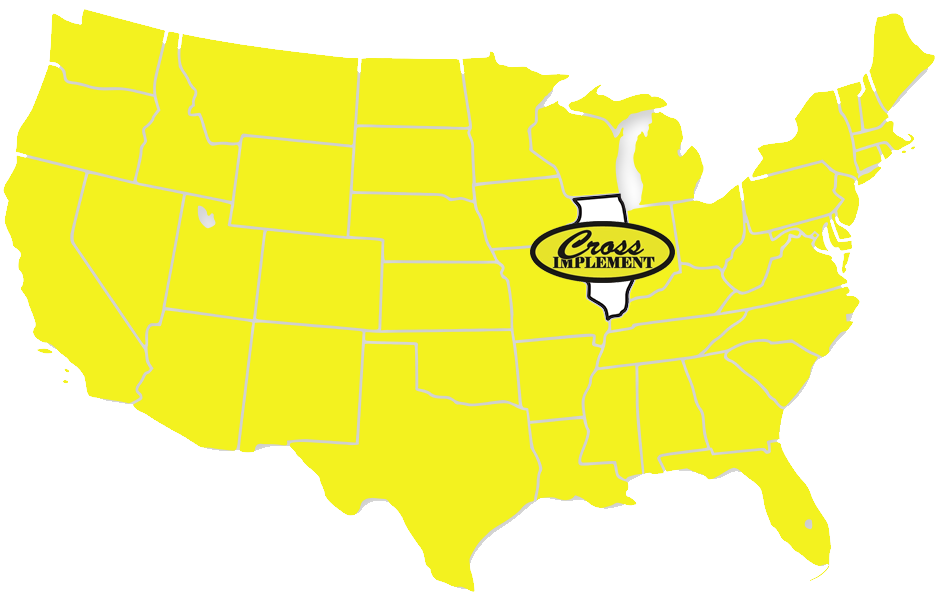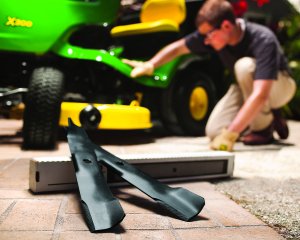Page Not Found
The page you are looking for has not been found. Please select one of the following pages or contact us to get more help.
- Home
- Inventory Search
- New Equipment
- Parts
- Service
- Virtual Support
- News
- Finance
- Careers
- Rental
- Contact
- Equipment
- New Equipment Search
- Equipment Search
- Equipment Categories
- Equipment Profiles
- John Deere New Equipment
News
John Deere Spring Parts Catalog 2024
John Deere Parts Catalog Spring 2024 PreSeason Saving on Parts, Equipment, Supplies, and More
Read More
John Deere Spring Parts Sale Catalog 2023
Save Now on the John Deere Parts You Need for the Upcoming Spring Season Now thru February 27 2023 from Your Local John Deere Dealer Cross Implement
Read More
Make It Better | John Deere LED Rotary Beacon Low Profile RE596223
LED beacon light is available as a field installed attachment. The new design is shorter making it less susceptible to damage.
Read More


